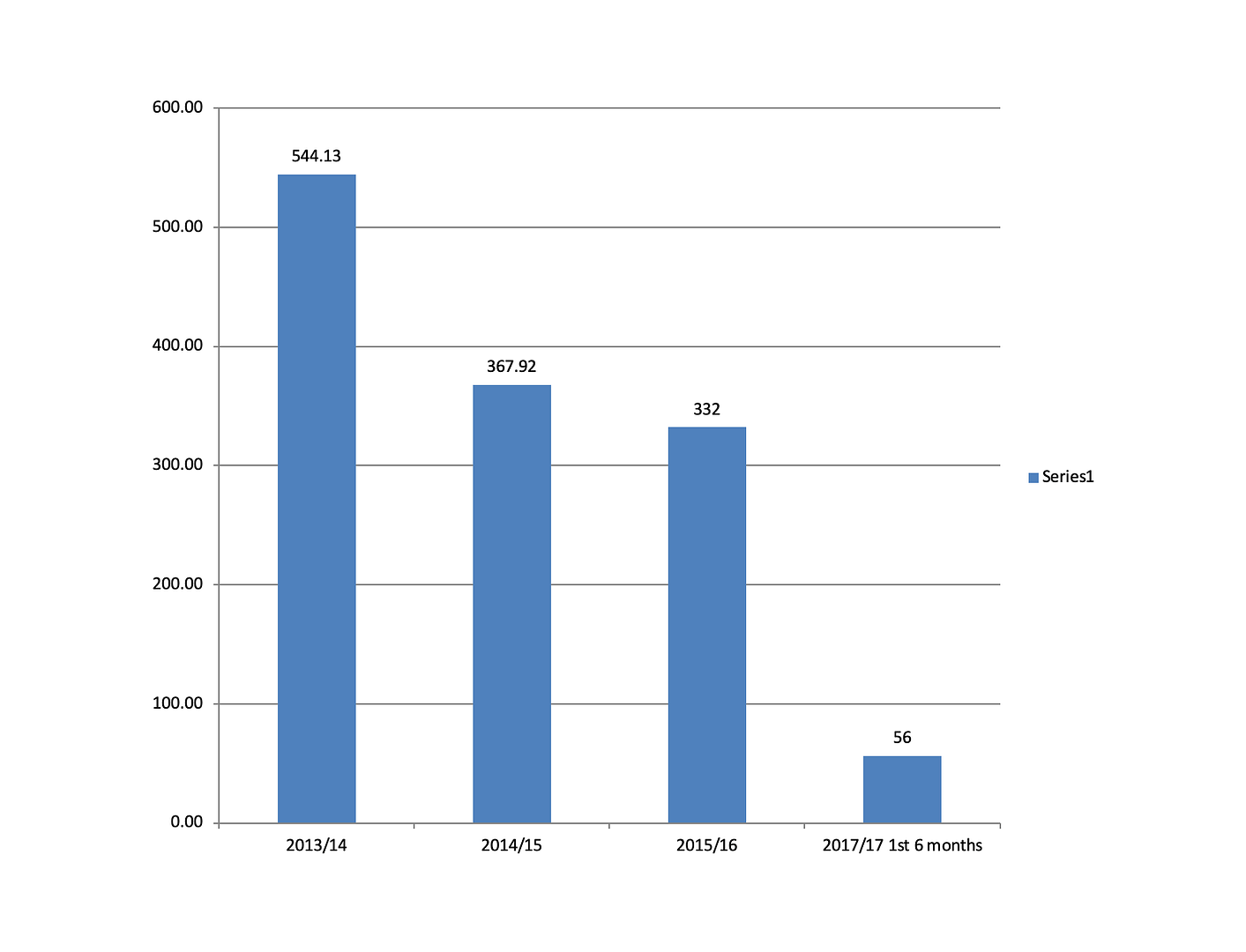Who We Are
We’re a small district council based in Accrington in East Lancashire. Our workforce has reduced significantly since the Government’s austerity agenda and tough decisions have had to be made. We have managed to keep compulsory redundancies to a minimum however and we’ve continued to take care of employee engagement.
In common with some of the other districts in East Lancashire, there are significant issues with regard to the quality and price of housing, health, job creation and areas of severe deprivation. We are working hard to address these issues because we know that what the Council does in Hyndburn can really make a difference.
What We Wanted to Achieve
Along with organisations throughout the UK, one of our highest reasons for sickness absence was stress / anxiety / depression. This affects services to our customers. We knew that in many cases the individuals involved were experiencing personal difficulties, including bereavement. A very few cases were work-related stress, but we often observed that the issues at play in these were things which, if they had been tackled earlier, might have been resolved.
What Was In Place
We have a Workplace Health Awareness (WHAT) Team who regularly organise training and awareness on issues connected to wellbeing, and resilience training had been delivered.
We were piloting an Employee Assistance Programme which gave all staff 24/7 access to confidential support. This includes counselling sessions. Previously, staff had to liaise with HR and our Occupational Health provider, so this gave an easier way for people to get support earlier and without telling us, unless they chose to do so.
We had trained mediators within the HR team and felt that our policies and procedures around grievance and dignity at work were up to date and robust.
Our Stress Policy was given to people who were struggling and this included a risk assessment template, using the HSE Management Standards for Stress.
What We Did
We asked for a new group of volunteers to come together with the Head of HR and look at what else we might do. From discussion, we quickly identified that the stress policy needed updating, and that it would be better to have something more focussed on resilience and happiness. We wanted to encourage people to stay well rather than just have a policy that would deal with the consequences once they were already showing signs of stress. The group reflected that the stress risk assessment would be likely to induce panic in anyone who was asked to complete it! HR officers confirmed that in practice people rarely did complete it very fully, and it was only in actual discussions, or written correspondence from the member of staff, that the problems were clearly and thoroughly described. Only then could actions be put in place to support the employee, make any necessary changes at work, or deal with any grievances.
We decided to start afresh. Our new Emotional Wellbeing Handbook brings in tips about keeping yourself well. It explains that each of us is primarily responsible for our own wellbeing and it outlines the policies and support available. It replaces the risk assessment with a single page chart that people can use as they see fit to prepare for a discussion. It includes contact details of external support organisations.
To back this up, we also developed a Managers’ Guide and rolled out e-learning for Managers.
Promoting Emotional Wellbeing A Guide for Managers
A further idea from the group was to set up a network of “Friendly Faces”, people throughout the Council that would be an alternative to line managers, HR and Trade Union reps, if people just needed a listening ear or a bit of informal support. We recruited some volunteers and arranged training which included listening skills, confidentiality and safeguarding, mental health awareness, and a broad understanding of the policies and specific support mechanisms. We were keen that our Friendly Faces weren’t to become counsellors and that we need to look after them too, so we asked them during the training to consider how they would signpost people elsewhere when appropriate or take a break from the role if they had their own difficulties to deal with.
The group now meets every quarter to discuss how things are going and any broad themes that they think HR or the WHAT team should be aware of or some fresh promotion about the support available. We are offering coaching training to any of the team who aren’t already trained coaches, as we think this will help them. Other training coming up includes a resilience course and also emotional intelligence training for managers. We have plans for next year to train managers and our Friendly Faces in debriefing staff after threatening incidents, as part of an improved system to recording and preventing such incidents.
What Is The Impact?
The following graph shows the days lost each year to stress / anxiety / depression.
The first 6 months of the current financial year are particularly low. Of course, absence is not the only impact measure of our efforts to support staff and we also have many other activities aimed at increasing employee engagement more widely. Some of the impact cannot be easily measured – how productive employees are, for example. However, we have had no formal grievances for around 2 years. Our employee survey results in 2016 showed our highest recorded level of job satisfaction, despite the challenges caused by the external political and financial climate and in the context of negligible pay rises for a number of years.





